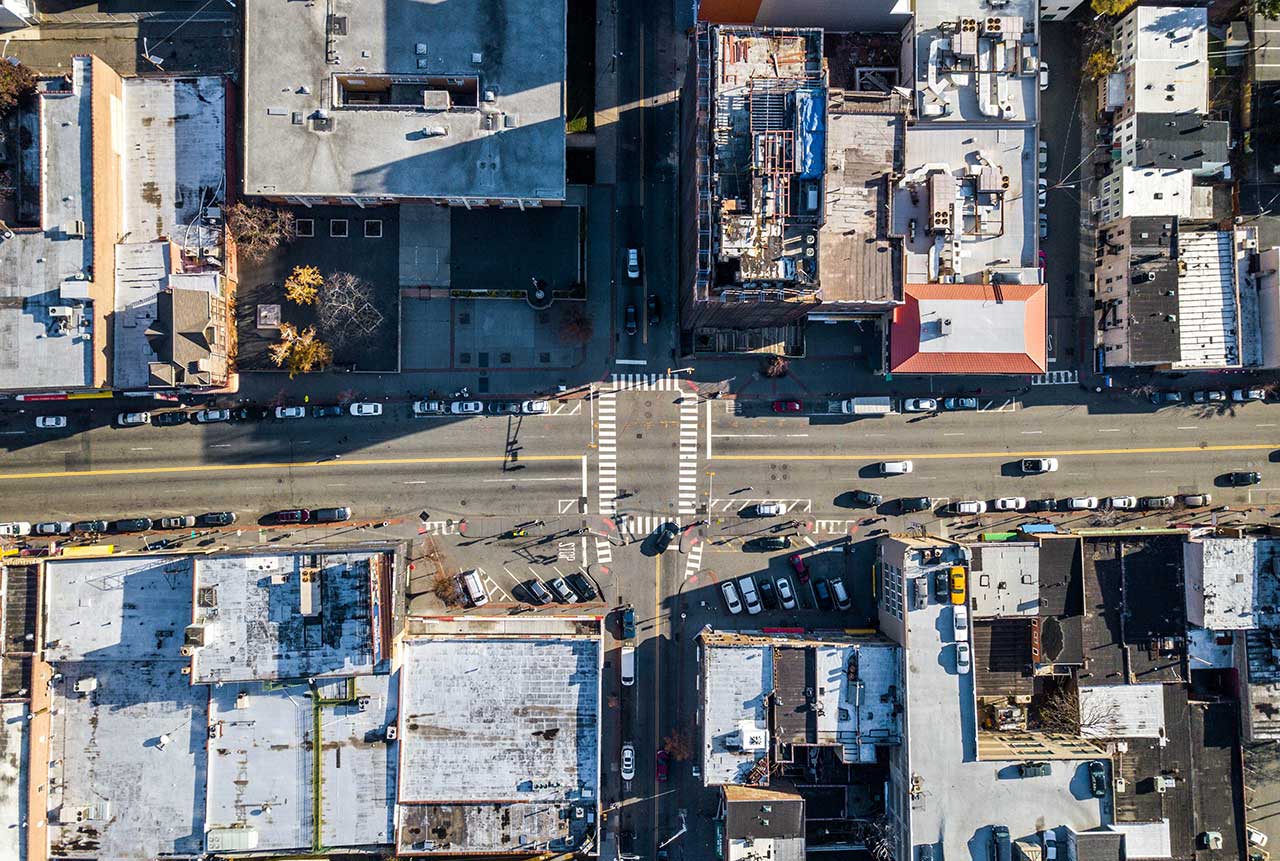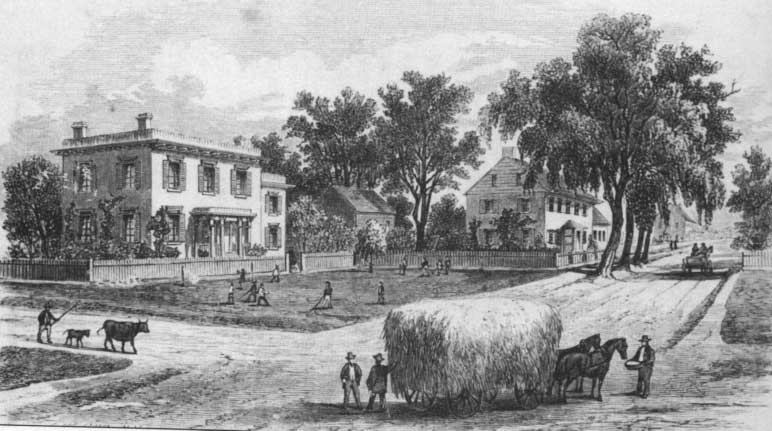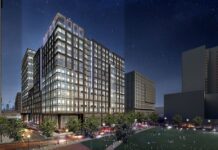
Some fascinating colonial era history is hidden in the shadows of present-day Jersey City.
Bergen Square, at the intersection of Academy Street and Bergen Avenue, was established in November of 1660 by Dutch settlers led by Director-General Peter Stuyvesant. Today, it sits within the boundaries of Journal Square, lost in the chaos of the neighborhood and not very well known.

It shares the intersection with a school, a supermarket, a bank, and a cellular store. It’s easy to miss, but all of these buildings are set back from the road, enough to imply that the space there used to be something more monumental than the intersection of two constantly congested roads.
The Dutch had initially settled in Manhattan, known then as New Amsterdam, but as their population grew so did their need for more space. They obtained territory and began moving into the areas currently known as Bayonne, Newark, and Jersey City, where they established a new settlement then dubbed as New Netherland. Bergen became the first municipality within that newfound settlement, named after a city in North Holland. When they first arrived, the land was occupied by Native Americans, who were removed through a combination of trade and war.

Under Stuyvesant’s instruction, settlers formed concentrated neighborhoods in the forms of towns, villages, or hamlets in an attempt to prevent further attacks by indigenous people, whom he referred to as “barbarians.”

From an urban planning perspective, Bergen was meticulously designed by Jacques Cortelyou, the first surveyor of New Amsterdam. It was actually the first example of what would later be known as a “Philadelphia Square”. It had several components — main axes, central space, and an enclosure. It primarily involved the intersection of two cross streets at 90 degrees, where the roads set back at the center, creating a natural division of the center space into four quadrants, which hold the residential buildings. The entire plot was surrounded by an enclosure with gates located at the cross streets, to limit entry at night or to hold back an attack by Native Americans.

While not much of Bergen Square remains, there are several buildings and relics still standing, that are reminiscent to its past.
Perhaps the most notable thing is the stepped-back facades of the buildings facing the old square. Although the spaces have become extensions of sidewalks, or parking lots, the building faces remain in their original location.
There’s a nine-story apartment building one block north of the site previously occupied by “Sip Manor,” which was dismantled and reassembled in Westfield. The Martin Luther King, Jr. School was previously guarded by a statue of Peter Stuyvesant. Nicknamed “Peg Leg Pete,” it was removed from in front of the school, and the reason cited was redesign of the front plaza. It was moved to Hudson County Community College Park, which occupies the rear tip of a triangular plot of land created by Bergen Avenue, Sip Avenue, and Newkirk Street.
If you leave the square proper, and wander around within the constraints of the municipality you’ll stumble across various historic buildings and an eclectic variety of architectural styles. There’s an Art Deco apartment building, a church, a cemetery, a historic street sign, and the well-known Apple Tree House, also known as the Van Wegenen Homestead, which is now open as the cultural affairs and tourism office.
[gmap height=”250px”]Bergen Ave and academy street, Jersey City, NJ[/gmap]


